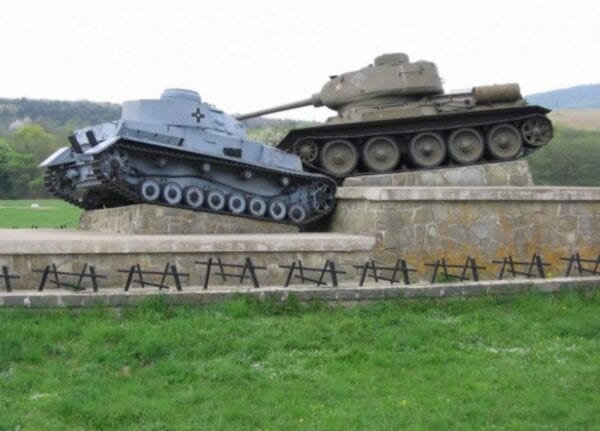 25, Июль, 2016
25, Июль, 2016Monument to the largest size is a Decebal statue
Tales of treasure tales of Dacia, which was in some time on the territory of Romania, there are now. On their background if extinguished any wealth of the pharaohs of Egypt. Not by accident to the present time, most of those who are looking for happiness, armed, who metallic seeker and who takes a simple shovel, scour the ruins of the ancient Dacian fortresses, hoping to find the famous treasure of Decebal.

Legend has it that the leader had much Dacian treasures. At the conclusion of the Board if he would stop for Sardzhesiya river, determined to bury the treasure at the bottom of it, and then returned the river to its original course. There is an assumption that the emperor of Rome was able to find the treasure Decebal. As historians say Italy, during the reign of Trajan managed to take out one hundred sixty-five Dacia tons of gold and three hundred and thirty per tonne silver. It proved to whether these jewels from the treasury of the king of this country. Specifically, it is known only that these finances inhabitants of Rome were able to build in a lot of roads and forts.

In Europe, the largest monument, carved out of a monolithic rock, located on the border of Romania and Serbia, is the sculpture of the king Detsebal, renowned infrequent forays into the territory of the Roman Empire, which was erected in the course of ten years. Work on it finished in 2004.

Twelve sculptors-climbers worked on the statue of forty meters and a width of twenty-five meters. Location chosen not – randomness. Certainly here in the canyon of the Danube, the Emperor Trajan in Rome in the year 105 he was able to finally defeat the army of Dacia by moving the bridge on the river. Decebal, not wanting to be in captivity, killed himself with a sword piercing.

To create a song, using more than a ton of dynamite. Rock over majestic canyon Djerdap serve as a basis bust Dacian king in the form of a monument, statue of Decebal. The price of its creation amounted to more than a million dollars. It was erected by order of a businessman and a Romanian historical figure Joseph Constantine Dregana.











